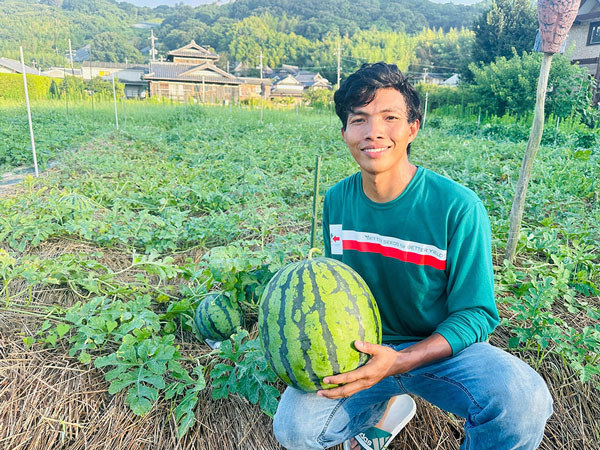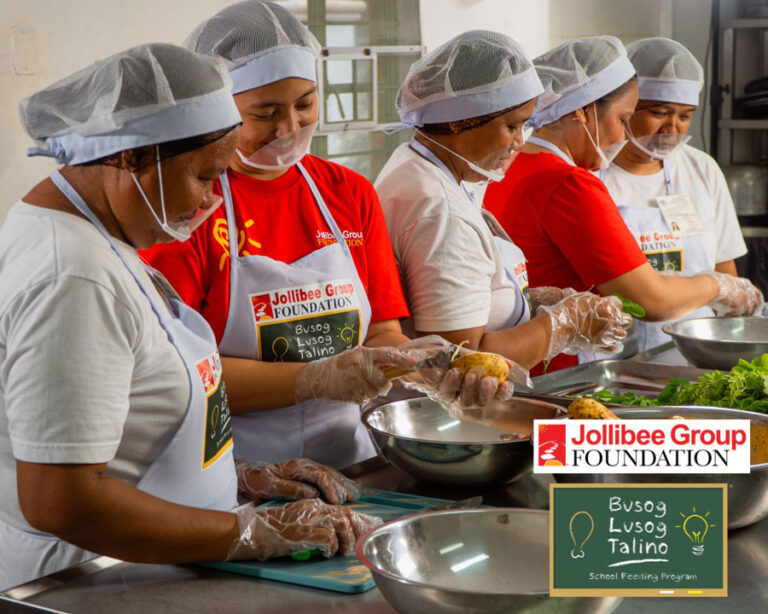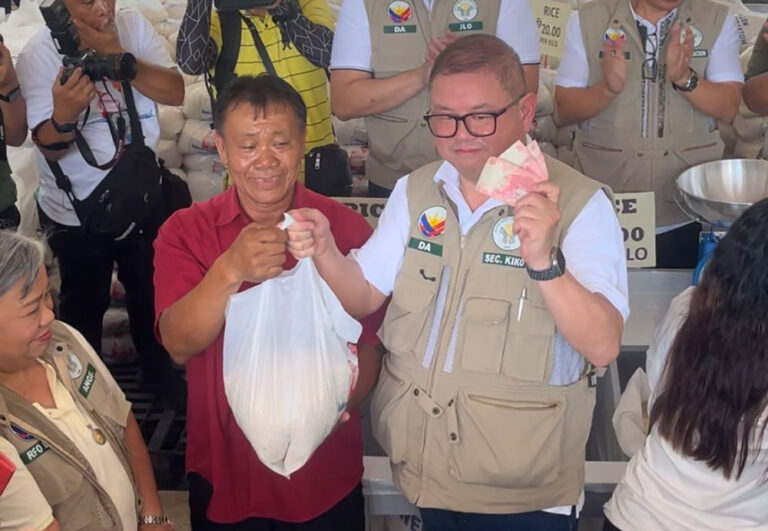VOLUNTARY AND unpaid blood donors realize the great importance of donating blood as the only way to save lives for those who are in dire need, particularly the poor.
Teachers, students, soldiers, and other civilians actively participated in the blood letting activity to highlight the celebration of World Blood Donor Day on June 14 organized by the Provincial Department of Health Office (PDHO) and in partnership with the Philippine Red Cross (PRC) at the City Commercial Center (C3) Mall.
Jasper Locson, 21 years old student of Provincial Government College donated his blood because he wanted to help a 6-year old boy, the nephew of his friend who was diagnosed with leukemia almost two years ago.
“I felt pity for the child. He has been suffering from leukemia and he absolutely needs blood,” Locson said.
He said although it was his first time to donate blood, he was not scared since what prevailed in his mind was to save the young boy’s life.
Ismael Amir, coordinator of the National Service Training Program (NSTP) of Pagadian Capitol College, said he voluntarily donated his blood since he observed that more and more people are in need of blood transfusion because of the different diseases that are rising nowadays.
Amir said he saw a post on facebook that a child badly needs blood transfusion. .
Upon learning that a blood letting activity will be held at C3 Mall on June 14, without any hesitation, he contacted his NSTP students and encouraged them to participate in the blood donation campaign.
“Our blood is given free by our Almighty Father, we will also give it free to those who are in need,”said Amir who had donated blood to PRC five times already.
Meanwhile, 19-year-old Cherry Jay Alfanta is one of the eight NSTP students who donated blood.
Alfanta said she willingly donated again her blood because every drop of blood counts, as one bag of blood can save the lives of three persons.
“My blood donation was founded on my motto ‘it is better to give than to receive,’ said Alfanta who donated blood for the third time.
At least sixty-two (62) bags of clean and safe blood were collected from the participants during the activity.(By Gideon C. Corgue)



